A single hydraulic component failure led to the December 2022 crash of a B-2A Spirit stealth bomber at Whiteman Air Force Base, causing more than $300 million in damage, according to a U.S. Air Force investigation released on 5 August 2025.
The Accident Investigation Board (AIB) found “by a preponderance of evidence that the mishap was caused by a truck position sequence valve hydraulic CryoFit coupling failure.”
The aircraft, tail number 90-0041 of the 509th Bomb Wing, had launched at approximately 0700 CST on 10 December 2022 from Whiteman AFB, Missouri, as an airborne spare for a mission to Joint Base Pearl Harbor-Hickam, Hawaii. The report notes that “mission planning, maintenance, aircraft servicing, maintenance preflight inspections, aircrew preflight inspections, engine start, taxi, and takeoff were uneventful.”
Directed to return to base before reaching Hawaii, the flight proceeded normally until the approach to Runway 01. On final approach, the mishap crew received “a primary hydraulic system caution followed by a backup hydraulic system caution, indicating the system had begun to leak.”
During the landing gear sequence, the left main landing gear (LMLG) and nose landing gear extended fully, but the right main landing gear failed to extend. An emergency gear extension brought all three gears into the down-and-locked position.
Upon touchdown at 1429 CST, the LMLG collapsed. “As the MA continued down the runway, the left wing dragged several thousand feet, rupturing the left fuel surge tank under the wing and causing a fire that spread to the left outboard fuel tank,” the report states. The bomber came to rest with its left wing in the grass infield, feeding a wing fire.
The crew safely egressed as firefighters battled the blaze. The AIB report records that “the left fuel surge tank and then the left outboard fuel tank exploded, destroying the left wing.” The emergency was declared over at 2051 CST. Damage to the airfield was assessed at roughly $27,500.
Investigators identified two additional contributing factors: “Main Landing Gear design vulnerabilities caused the lock link assembly to move out of the required overcenter (locked) position during an emergency gear extension; and the delay in using Aqueous Film Forming Foam (AFFF) to quickly extinguish the fire allowed the fire to spread, causing more external damage.”
No crew error was found to have contributed to the accident.


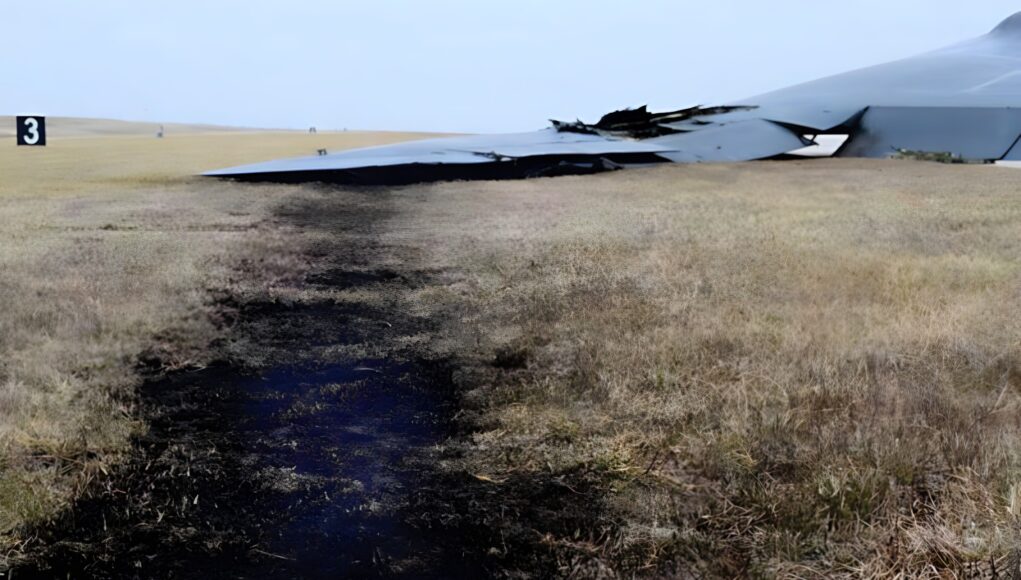
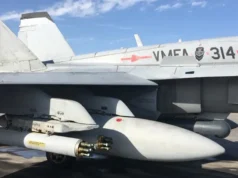

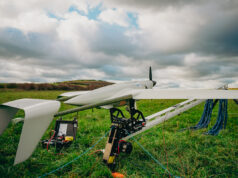
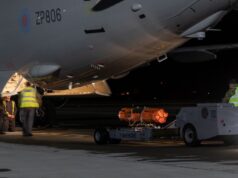
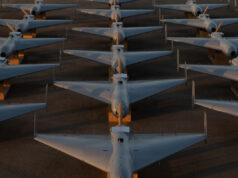
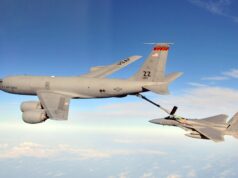
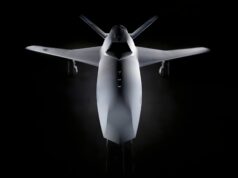

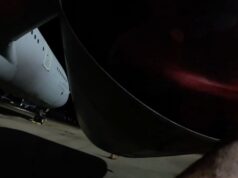
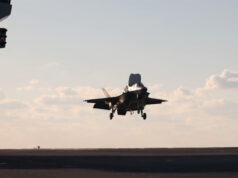

Something missing in the text from this part
“An emergency gear extension brought all three gears into the down-and-locked position.”
To this part
“Upon touchdown at 1429 CST, the LMLG collapsed. “As the MA continued down the runway, the left wing dragged several thousand feet, rupturing the left fuel surge tank under the wing and causing a fire that spread to the left outboard fuel tank,”
“For Want of a Nail, the Kingdom Was Lost” 🤔😳☹️. Apparent design deficiency; perhaps insufficient PM was an additional contributing factor?
We in the UK seem to have an “Insuficient PM” too.
Damn it. BIDEN strikes again!
The mighty complex that is Hegseth won’t be amused by this leftist lunacy.
The B2 Spirit programme predates Joe Biden #46 so has no relevance to the incident.
Presidents are responsible for upholding the Constitution not for USAF MRO.
When landing gear says it’s down and locked there’s nothing more the pilot can do. Engineering problem.
Yikes.